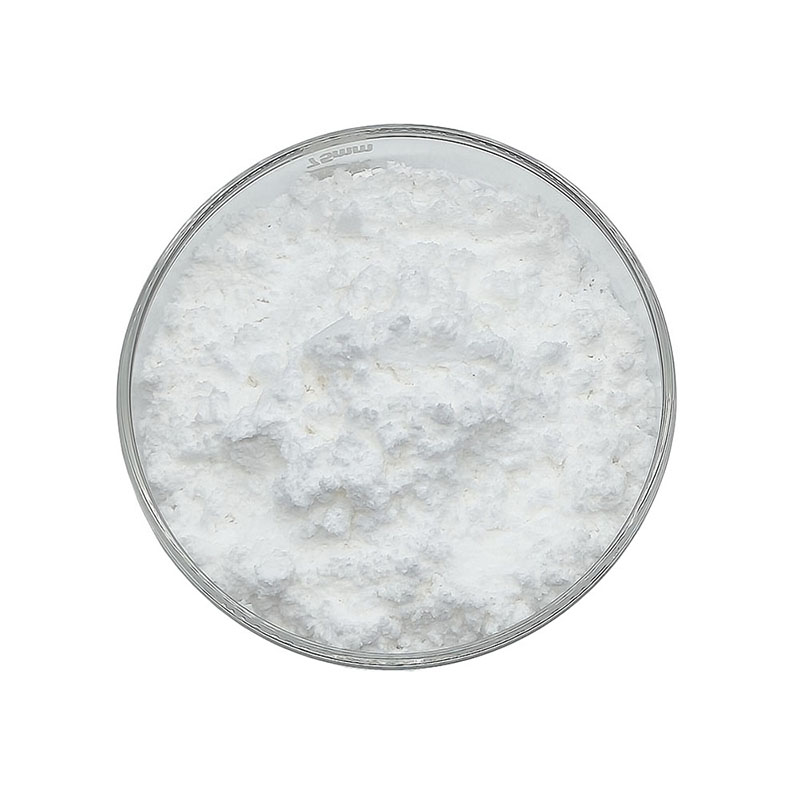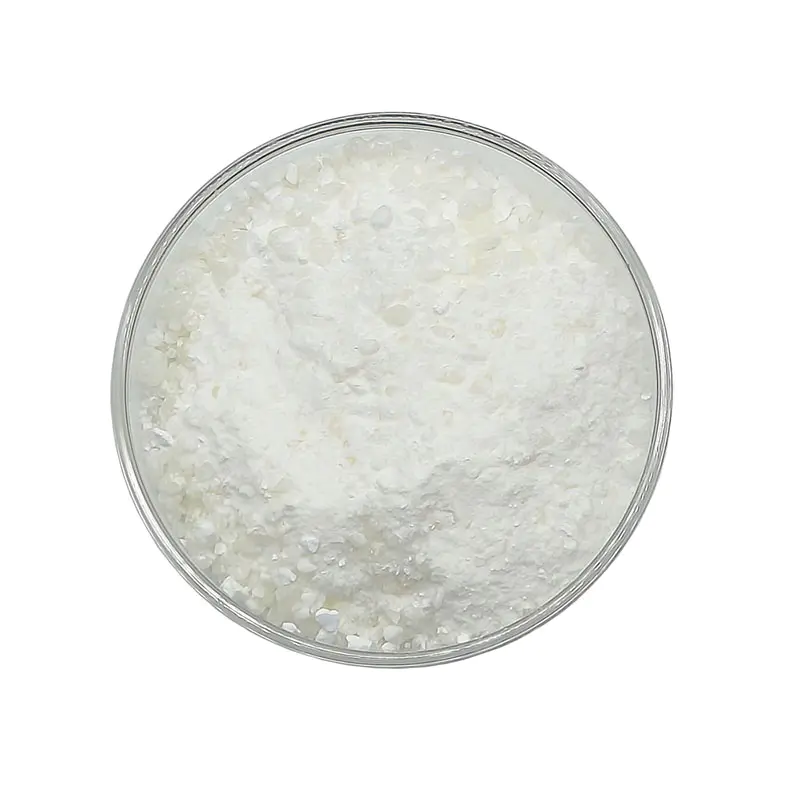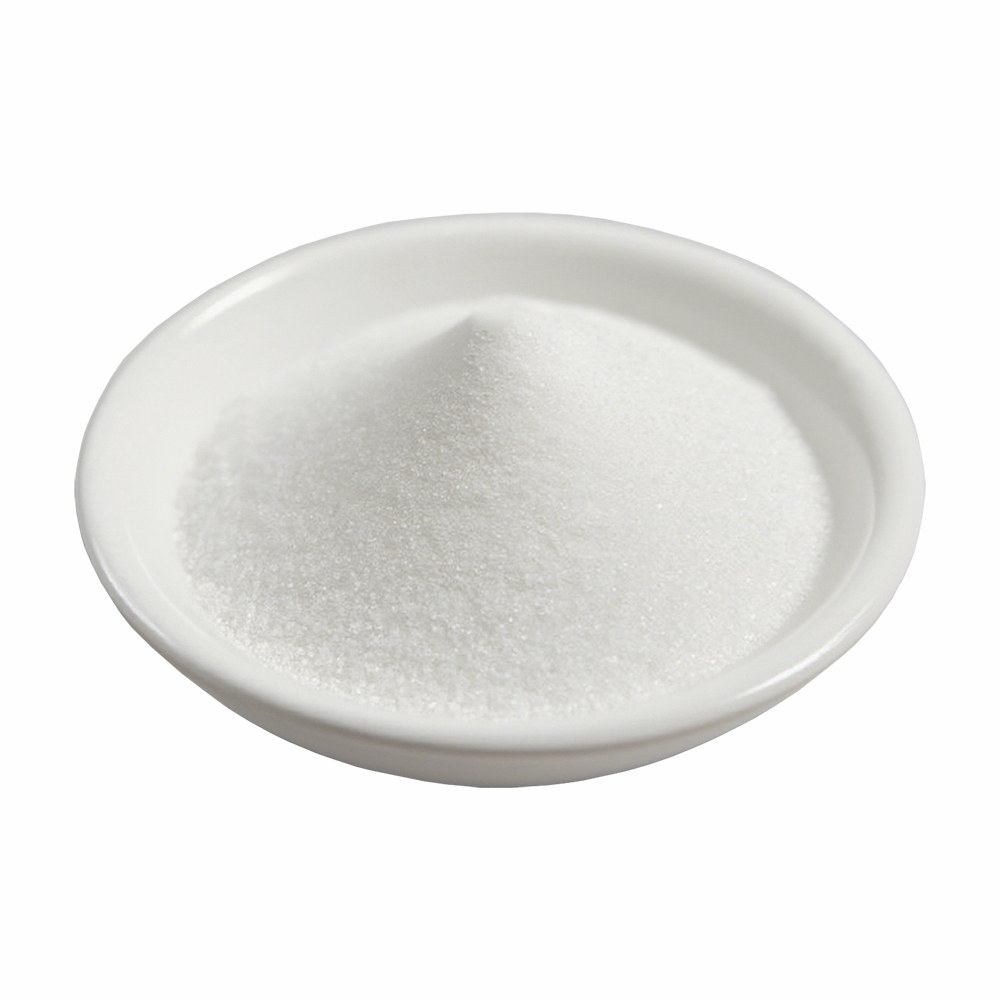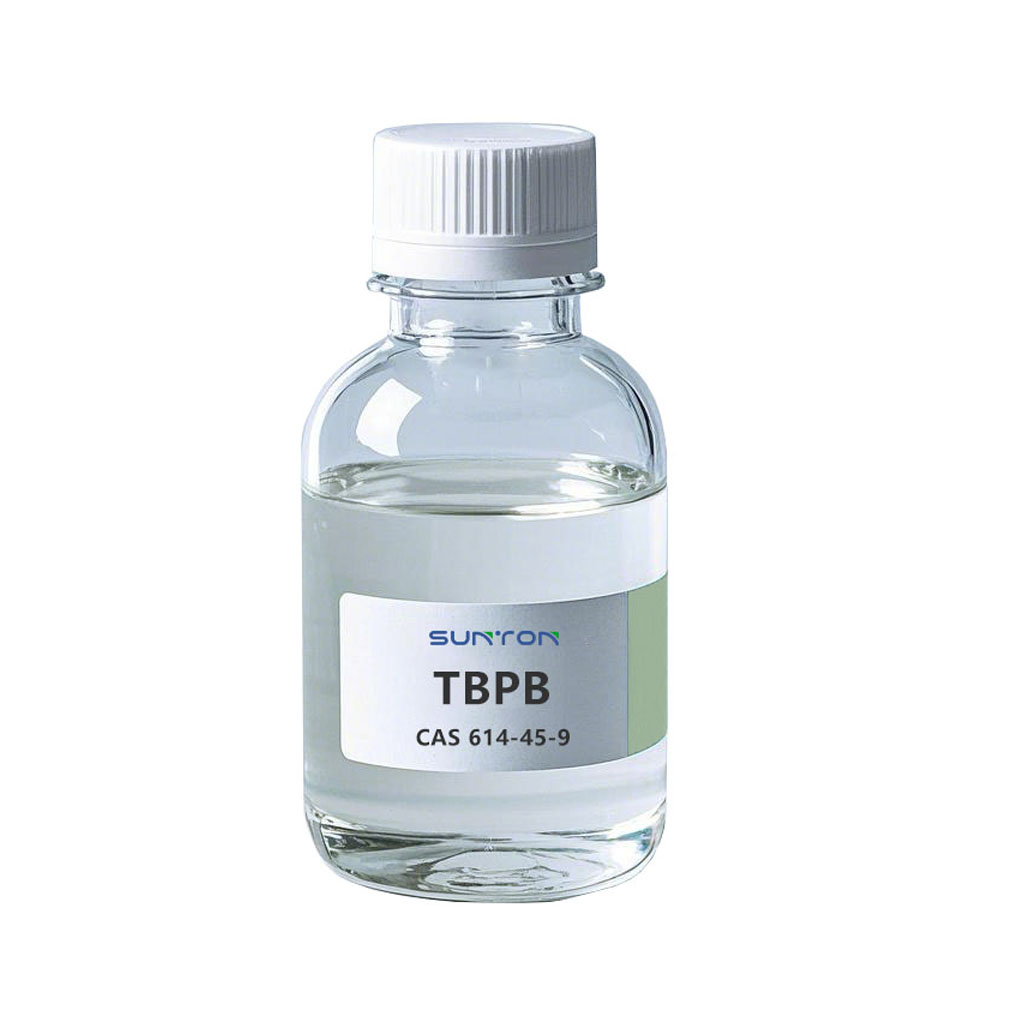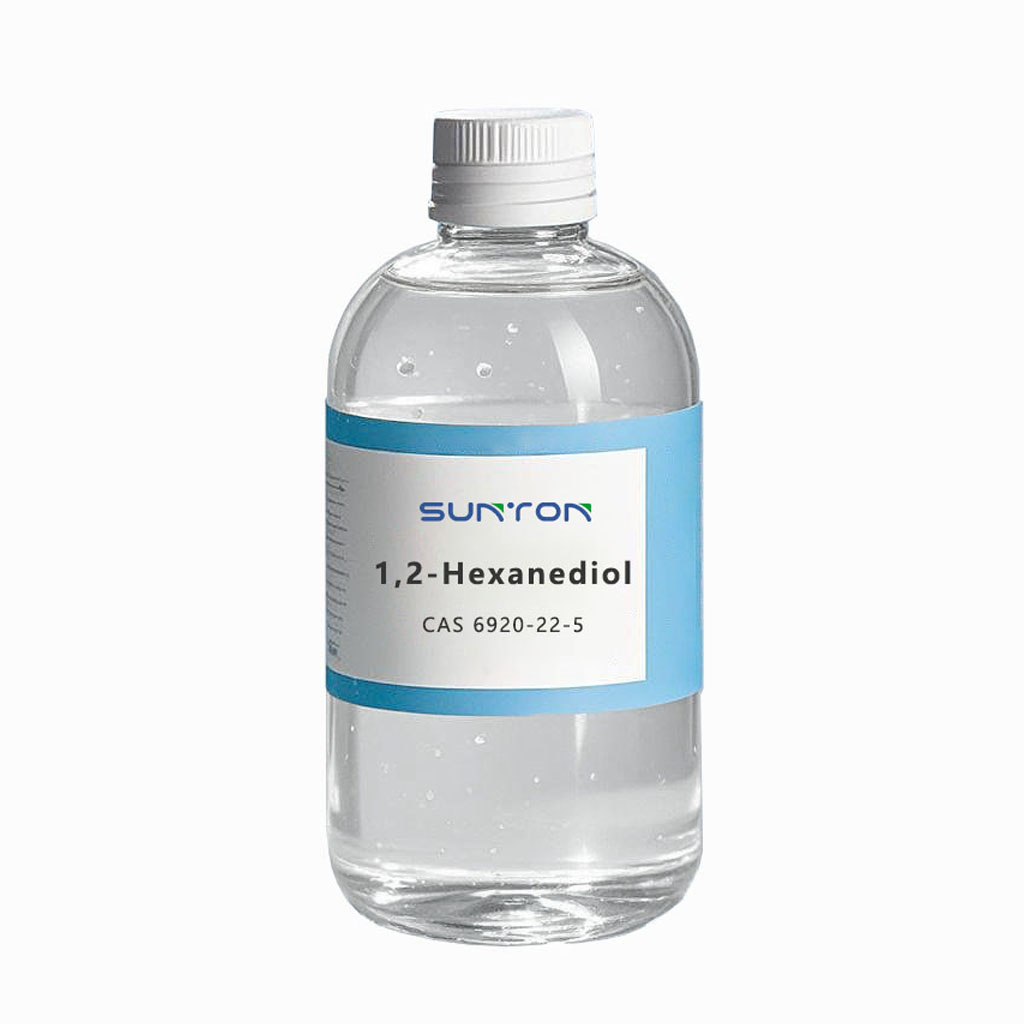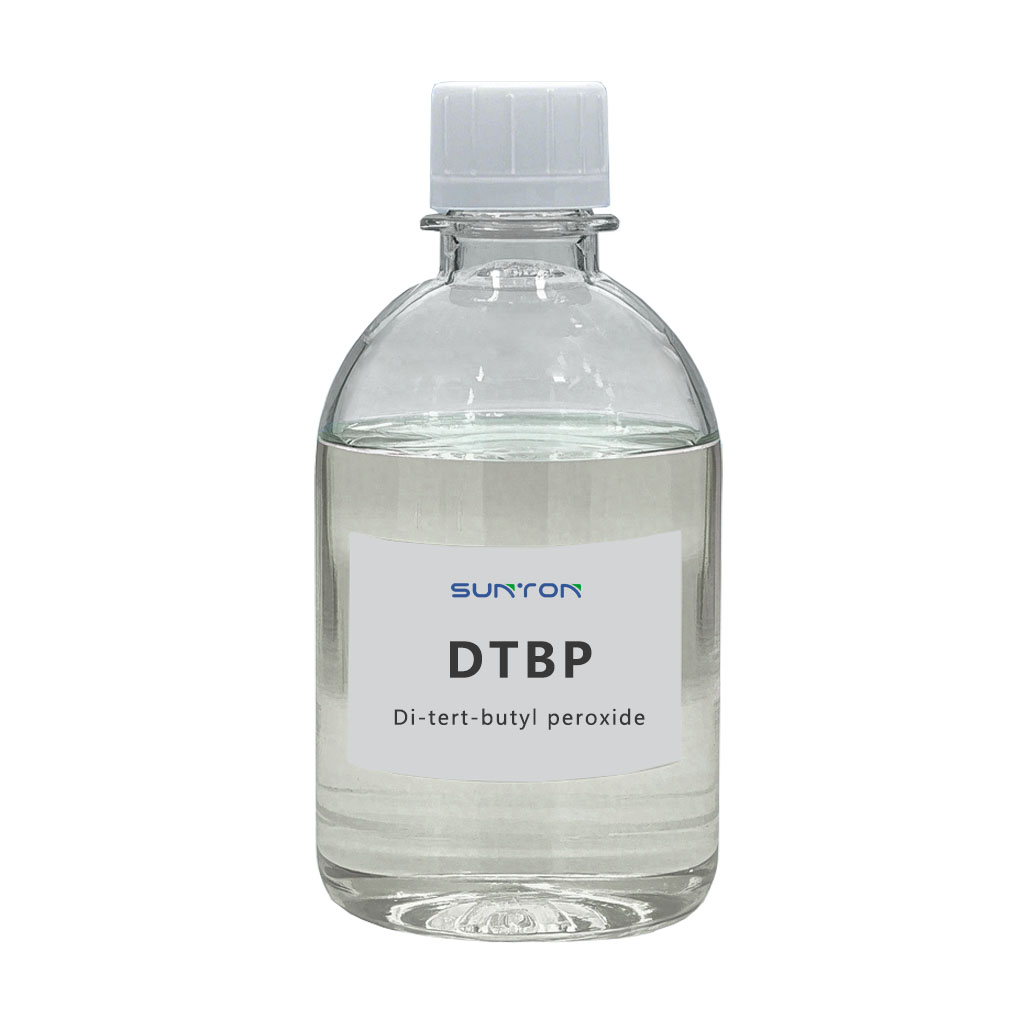Search By Posts
Product Category
Industry News
 By Admin
By Admin
What is the Use of Acethydrazide?
Introduction to Acethydrazide
Acethydrazide, also known as acetyl hydrazide, acetyl hydrazine, and acetic hydrazide, is a significant organic compound widely utilized in various chemical processes. The compound’s chemical structure consists of both an acetyl group (CH₃CO−) and a hydrazide group (−NHNH₂), providing it with the unique ability to participate in numerous chemical reactions. This dual-functionality makes Acethydrazide an indispensable intermediate in the synthesis of pharmaceuticals, agrochemicals, and other specialized chemicals. The compound is a white crystalline solid that is soluble in water and other polar solvents, making it an ideal reagent for both laboratory and industrial applications. Acethydrazide is frequently used in the synthesis of pharmaceutical products like antimicrobial drugs, pesticides, and even herbicides. Its broad utility as a precursor for synthesizing analgesic drugs, anticancer agents, and metal pickling preservatives illustrates its diverse role in modern chemistry. In the following sections, we will delve deeper into its synthesis, chemical properties, and various applications.
Synthesis of Acethydrazide
The synthesis of Acethydrazide is a relatively straightforward process in organic chemistry, typically involving a nucleophilic acyl substitution reaction between an acetylating agent and hydrazine. Depending on the scale of production and the desired yield, various synthetic methods can be employed. The most common starting materials are derivatives of acetic acid, such as ethyl acetate, which provide the necessary acetyl group (CH₃CO−).
Laboratory Synthesis
For small-scale laboratory production, a popular method is the reaction of ethyl acetate with hydrazine hydrate. This simple two-step process yields a high-purity product: Preparation: Begin by adding a measured amount of ethyl acetate to a suitable solvent like ethanol in a round-bottom flask. Reaction: Slowly introduce hydrazine hydrate to the mixture. An exothermic reaction may occur, and the mixture is then heated under reflux for several hours to ensure complete reaction. Crystallization and Isolation: After the reaction, cool the mixture to induce crystallization of Acethydrazide. The resulting white crystalline solid can be isolated via filtration and purified by recrystallization, often using solvents like ethanol or water.
Industrial Production
On an industrial scale, Acethydrazide is typically synthesized using acetic acid or acetic anhydride as the acetylating agent. The process is carried out in large reactors with precise control over temperature and pressure. Acetic anhydride is often preferred due to its higher reactivity, which leads to faster reaction times and higher yields. After the reaction, the product undergoes industrial-scale purification, such as continuous distillation or filtration, to remove unreacted starting materials and by-products.
Chemical Properties of Acethydrazide
Acethydrazide possesses a unique set of chemical properties, thanks to the presence of both the nucleophilic hydrazine group and the electrophilic carbonyl group. These properties allow the compound to participate in a variety of chemical reactions, which make it highly versatile in organic synthesis.
Reactivity and Stability
Under normal conditions, Acethydrazide is a stable crystalline solid. However, its true value lies in its reactivity. The hydrazide group (−NHNH₂) acts as a strong nucleophile and readily attacks electrophilic centers. This reactivity enables Acethydrazide to form bonds with aldehydes and ketones, producing hydrazones. Additionally, it can undergo cyclization reactions to form heterocyclic rings, an important step in the synthesis of many pharmaceuticals and agrochemicals.
Solubility and Physical Characteristics
As a white crystalline solid, Acethydrazide has a relatively high melting point. Its polar nature, resulting from the N-H bonds and the carbonyl group, grants it high solubility in polar solvents such as water, ethanol, and methanol. This solubility makes it easy to handle and integrate into aqueous or alcoholic reaction mixtures, which is particularly useful in analytical chemistry and industrial processes.
Spectroscopic Properties
Spectroscopic techniques are vital for identifying organic compounds. Acethydrazide exhibits distinct features in common spectroscopic methods: Infrared (IR) Spectroscopy: The IR spectrum of Acethydrazide shows a strong peak around 1660-1700 cm⁻¹, corresponding to the C=O stretch of the carbonyl group. Broad peaks in the 3200-3400 cm⁻¹ range indicate the N-H stretch of the amino and amide groups, highlighting hydrogen bonding. Nuclear Magnetic Resonance (NMR) Spectroscopy: In Proton NMR (¹H NMR), Acethydrazide shows three distinct signals: a singlet for the methyl protons (CH₃) around 2.0 ppm, a broad signal for the amide N-H proton, and another broad signal for the amino NH₂ protons. The Carbon-13 NMR (¹³C NMR) spectrum reveals two signals: one for the carbonyl carbon around 170 ppm and another for the methyl carbon around 20 ppm.
Uses and Applications of Acethydrazide
The versatility of Acethydrazide as a chemical intermediate is reflected in its broad range of applications across different industries. Its ability to act as a building block for complex molecules and its specialized chemical properties make it indispensable in both large-scale industrial processes and specialized chemical applications.
Pharmaceutical Industry
In the pharmaceutical industry, Acethydrazide plays a crucial role in synthesizing various drugs. It is a key precursor in the production of the antimicrobial drug nifuron. Additionally, the compound’s chemical reactivity makes it an essential building block for producing complex organic structures needed in analgesic drugs and anticancer compounds. Acethydrazide is integral to the drug development pipeline, enabling the creation of crucial therapeutic agents.
Analytical Chemistry
Acethydrazide is also a powerful reagent in analytical chemistry. Its nucleophilic nature allows it to react with aldehydes and ketones to form hydrazones, which are stable derivatives. This reaction is useful for the detection and quantification of these compounds, as the hydrazones can be easily isolated and analyzed. Acethydrazide is commonly employed in Gas Chromatography (GC) and High-Performance Liquid Chromatography (HPLC), improving the detectability of certain analytes.
Polymer Chemistry
In polymer chemistry, Acethydrazide serves as both a chain extender and a crosslinking agent. By reacting with polymer chains, it can increase their molecular weight, improving the material’s mechanical properties. As a crosslinking agent, Acethydrazide forms chemical bridges between polymer chains, creating more durable, thermally stable materials.
Metal Deactivator and Corrosion Inhibitor
One of the specialized uses of Acethydrazide is as a metal deactivator and corrosion inhibitor. In lubricating oils and fuels, trace amounts of metals can catalyze undesirable reactions that degrade the fluid. Acethydrazide chelates these metal ions, preventing the catalytic reactions. It also forms a protective layer on metal surfaces, making it an effective corrosion inhibitor in systems like cooling towers and boilers, where it helps to prevent rust and degradation.
Other Applications
Beyond these primary uses, Acethydrazide has additional specialized applications. It is used as a color fixer and anti-fogging agent in photographic chemicals, improving the quality and longevity of images. In agriculture, it serves as an intermediate in the production of herbicides. Additionally, it functions as a stabilizer and preservative in various formulations. Application Area Specific Role Example Use Case Pharmaceuticals Intermediate in drug synthesis Synthesis of the antimicrobial drug nifuron. Analytical Chemistry Reagent and derivatization agent Detection of aldehydes and ketones in samples. Polymer Chemistry Chain extender and crosslinking agent Improving the durability of polyurethanes. Metal Deactivation Chelating agent for metal ions Stabilizing lubricating oils and fuels. Corrosion Inhibition Protective film former Preventing rust in cooling water systems. Agriculture Intermediate in agrochemical production Synthesis of the herbicide benzazinone.
Safety and Handling of Acethydrazide
As with any chemical, working with Acethydrazide requires strict adherence to safety and handling guidelines. While Acethydrazide is a useful and versatile compound, it can be harmful if mishandled. Proper safety measures should always be followed to prevent exposure risks and ensure a safe working environment.
Toxicity Information
Like other hydrazides, Acethydrazide can be harmful if not handled correctly. Inhalation of its dust or vapors, ingestion, or prolonged contact with the skin or eyes may lead to irritation or more severe health effects. Always consult the Material Safety Data Sheet (MSDS) for detailed toxicity data and first-aid procedures.
Safety Precautions and PPE
To minimize exposure, ensure that work with Acethydrazide is carried out in a well-ventilated area or, ideally, in a chemical fume hood to prevent inhalation of dust or vapors. Personal Protective Equipment (PPE) is essential when handling the compound. Required PPE includes: Safety goggles or a face shield to protect the eyes from splashes and vapors. Chemical-resistant gloves to prevent skin contact. Lab coat or apron to protect clothing and skin from accidental splashes. Proper footwear (preferably closed-toe) to minimize the risk of accidental exposure. These precautions help ensure safe handling and minimize the risk of accidents when working with Acethydrazide.
Storage and Disposal Guidelines
Proper storage and disposal practices are critical to maintaining the stability of Acethydrazide and ensuring safety. Follow these guidelines: Storage: Acethydrazide should be stored in a tightly sealed container in a cool, dry place, away from incompatible substances like strong acids, bases, and oxidizing agents. Ensure that the storage area is secure and free of moisture, as exposure to water could affect the compound’s stability. Disposal: When disposing of Acethydrazide, it must be treated as chemical waste. Do not pour it down the drain or dispose of it in regular trash. Follow local and federal hazardous waste disposal regulations. Typically, this involves working with a certified hazardous waste disposal service to ensure proper handling and disposal.
Conclusion
Acethydrazide is a remarkably versatile organic compound that plays a key role in numerous chemical processes. Its unique structure, featuring both an acetyl group and a hydrazide moiety, makes it an invaluable intermediate for organic synthesis. From pharmaceuticals to agriculture, polymer chemistry to corrosion inhibition, Acethydrazide has proven itself to be indispensable in various industrial applications. Its relatively simple synthesis methods, combined with its ability to engage in diverse chemical reactions, allow Acethydrazide to be a cornerstone in the development of new drugs, advanced materials, and cutting-edge chemical technologies. Whether it’s in the synthesis of antimicrobial agents like nifuron, or its use as a corrosion inhibitor in industrial systems, the utility of Acethydrazide cannot be overstated. As new chemical processes emerge, particularly in the fields of green chemistry and advanced material science, the reactivity and versatility of Acethydrazide ensure its continued relevance. With its critical role in modern chemical synthesis, Acethydrazide will remain a vital compound, enabling the development of innovative solutions across various scientific and industrial domains.
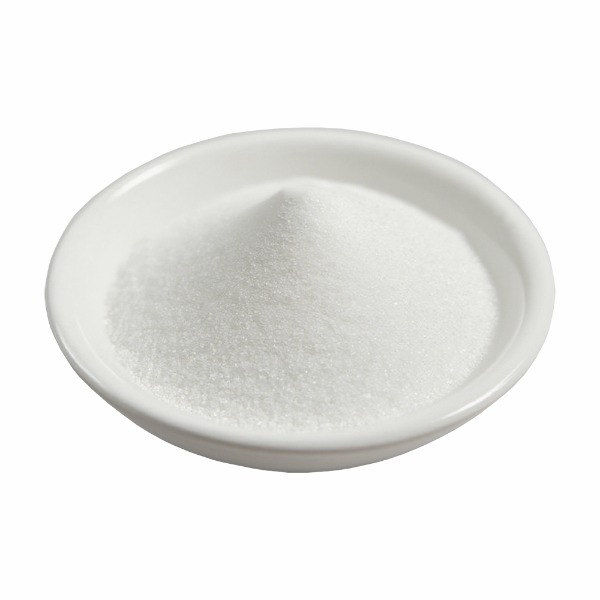


 English
English 中文简体
中文简体
